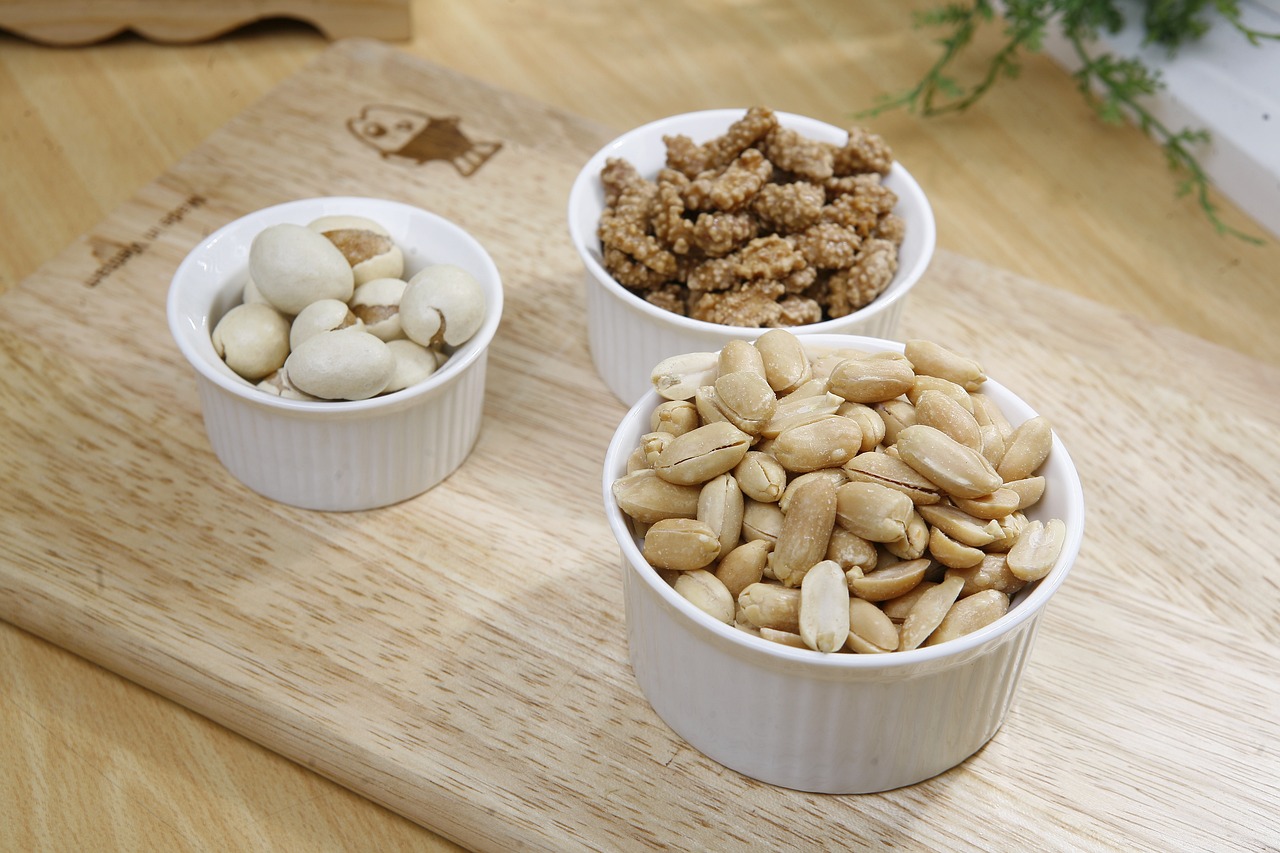So, the balance between food, exercise, and medicine provides quality of life in diabetes
This article is written from a Swedish perspective. Hopefully, it can inspire interested individuals from other countries.
Living with diabetes means balancing areas: food, exercise, and medicine. Through knowledge about these areas, people with diabetes and those who provide care can contribute to achieving a high quality of life and preventing complications. In the case of type 2 diabetes, diet plays an important role. With the right diet, the individual feels better and can often manage with less medication. The right diet also reduces the risk of heart and vascular diseases. These dietary guidelines actually apply to all of us, but become even more important for those who have type 2 diabetes. Small changes in our dietary habits can lower blood sugar levels and blood fats while helping to reduce the risk of obesity.
 Foto: Mostphotos
Foto: MostphotosBalance between food, exercise, and medicine for quality of life with diabetes
Living with diabetes involves balancing three central factors: food, exercise, and medicine. By understanding and managing these areas, people with diabetes can achieve a high quality of life and prevent complications.
Food: The key to stable blood sugar
Healthy diet: For people with diabetes, a balanced and healthy diet is crucial for maintaining stable blood sugar levels. This means eating regularly and choosing foods that have a low glycemic index, which helps to avoid rapid fluctuations in blood sugar.
Counting carbohydrates: Keeping track of the amount of carbohydrates in food is an important strategy for managing blood sugar. By counting carbohydrates, people with diabetes can better adjust their insulin needs and avoid both high and low blood sugar.
Fibers and protein: A diet rich in fibers and protein can help keep blood sugar stable. Fiber slows down the absorption of sugar into the blood, while protein helps to keep hunger at bay.
Exercise: A cornerstone for health and well-being
Regular physical activity: Exercise is an important part of diabetes treatment. Regular physical activity can help lower blood sugar levels, improve insulin sensitivity, and promote weight loss or weight control.
Various types of exercise: Both aerobic exercise (such as walking, cycling, and swimming) and strength training are beneficial for people with diabetes. Aerobic exercise improves heart and lung function, while strength training builds muscle mass and increases metabolism.
Adapting the exercise: It is important to adapt the exercise program to individual conditions and any complications. People with diabetes should consult their healthcare provider before starting a new exercise program to ensure it is safe and effective.
Medicine: A necessary part of treatment
Insulin and other medications: For many with diabetes, insulin or other diabetes medications are a necessary part of treatment. It is important to follow prescribed medication carefully to avoid fluctuations in blood sugar and complications.
Regular checks: People with diabetes should regularly monitor their blood sugar and have frequent contact with their healthcare provider to adjust medication as needed. This helps to ensure that treatment is effective and tailored to the individual's current health condition.
Knowledge and education: Having knowledge about how medicines work and how to use them is crucial for managing diabetes effectively. Patient education and support from healthcare professionals can play an important role in increasing this understanding.
Balance and quality of life
Integrating food, exercise, and medicine: To achieve a good quality of life, it is important to integrate all three aspects of diabetes treatment - food, exercise, and medicine - into everyday life. A holistic view of health, where these areas are balanced, can help reduce the risk of complications and improve overall well-being.
Individualized plan: Because each person with diabetes is unique, it is important to develop an individualized treatment plan that takes into account the person's specific needs, lifestyle, and preferences. This may involve working with a dietitian, physiotherapist, and doctor to create a tailored plan.
Social and emotional support: Living with diabetes can be challenging, and social and emotional support is therefore important. Support from family, friends, and healthcare professionals can help people with diabetes manage their disease better and maintain the motivation to follow their treatment plan.
Caring for people with diabetes in the nursing home
Many of us need to increase the amount of vegetables. The National Food Agency has a "plate model" that describes how the balance should be between vegetables, cereals, and meat/fish. Regular routines where we eat at regular times are good. Extra good for those who want to change their lifestyle. There is a keyhole marking on many foods that tells you that they are a healthier alternative than other equivalent products. The keyhole means that you get less of sugar and salt and more of whole grains, fibers, and healthier or less fat.
For those who have type 2 diabetes and all of us, the advice is to eat a lot of vegetables, legumes, rapeseed oil and olive oil, fish, nuts, and seeds. Cut down on candy, pastries, and snacks. Avoid soda and sweetened drinks. Coffee and tea contain protective substances that are good for diabetes. However, they should be consumed unsweetened and preferably without milk. If you need to sweeten, sweeteners are better.
Many people with type 2 diabetes also have abdominal obesity and overweight. Good eating habits can in these cases contribute to improved health. When it comes to people in nursing homes, it can be good to have a little extra weight so the recommendation for weight loss does not apply to everyone.
It is important that those who prepare breakfast also understand the diet. For example, breakfast cereals and white bread contain a lot of sugar and fast carbohydrates that raise blood sugar levels quickly. Better then with oatmeal porridge and coarse crispbread or other bread with whole grains. Root vegetables, white cabbage, and broccoli are healthier than cucumber and tomato. Peas, beans, and lentils are rich in both fiber and protein and help stabilize blood sugar levels. They can also be a good replacement for pork and beef. Rapeseed oil and olive oil are better than butter and margarine.
In Sweden, most people eat too much salt. More than a teaspoon per day is harmful. For those who have diabetes, it involves a risk that the body accumulates sodium which can contribute to raising blood pressure.
The brochure "Diet in Diabetes - A Guide" describes four different types of diets, all of which have been shown to affect diabetes positively. Also remember that oral health affects the ability to eat.
By finding the balance between food, exercise, and medicine, people with diabetes can live a healthy and active life. This requires knowledge, planning, and support, but the reward is improved quality of life and reduced risk of complications.
You who work in the nursing home can also stimulate the resident to exercise and participate in activities in the nursing home.
Reflection questions - diabetes diet
Care staff:
- Do you have clear instructions for how breakfast should be served to each of the residents?
- Do you receive regular training in diet?
Manager, nurse, occupational therapist, and physiotherapist:
- Are there good conditions to give the residents support in eating right?
- How do you work to motivate the residents to choose healthy food?
- Do you have recurring trainings or reflections on how you can work together with the diet in the nursing home?
Residents and relatives:
- Do you get good advice when it comes to diet?
- How much room for self-determination is there when it comes to choosing what food is served?
Erland Olsson
Specialist Nurse
Sofrosyne - better care every day

Aktuellt i media
-
2025-04-23 04:00
13 Hygien
Storage tends to attract all the world's junk. Order, clearing and cleaning of storage is a necessary recurring task.
info Bild: Pixabay
Bild: Pixabay -
2025-04-14 04:00
08 Förebyggande o lokaler
The art of furnishing a nursing home, a balancing act between homeliness, functionality, and hygiene aspects.
info -
2025-04-10 04:00
04 Bemötande
Waking up in a nursing home - is the morning routine adapted to each individual's needs?
info Bild: Pixabay
Bild: Pixabay -
2025-04-07 04:00
09 Mat och måltid
For the elderly, it is often important to eat many snacks in order to get enough nutrition.
info Bild: Pixabay
Bild: Pixabay -
2025-04-03 04:00
04 Bemötande
What creates safety in elderly care homes - advice and tips on creating a secure environment for the residents
info -
2025-04-01 00:00
10 Aktivitet o funktionsbevarande arbetssätt
Reminiscing, working with memories, is an activity that creates a lot of added value for people with dementia.
info

